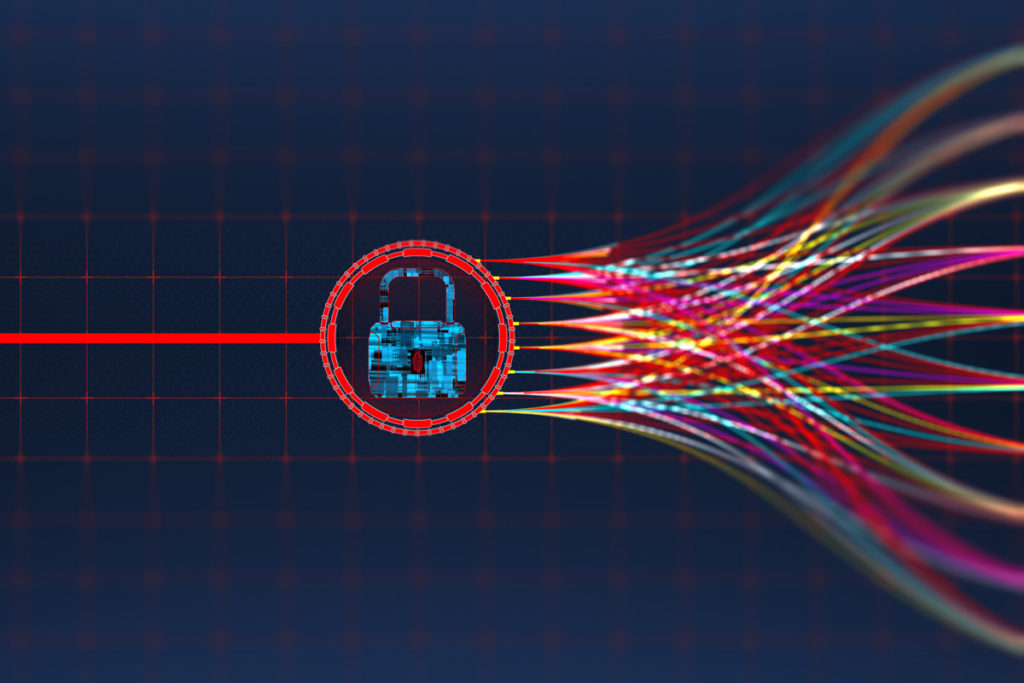A recent report by the UK Government, in partnership with Detica, revealed that the cost of cybercrime to the UK is around £27bn per annum, with a significant proportion of this coming from the theft of IP – estimated at around £9.2bn.
Life without access to the internet is hard to imagine, as there has been a huge growth in internet use over the past decade alone. With smartphones becoming part of everyday life, internet usage has also increased as we are now just one click away from getting access to information about just about anything. However, despite all of the advantages the internet offers us, one major disadvantage is the increase in cyber and malware attacks businesses face.
Cyber security and information security jobs are so important in any business. They help protect against identity or financial theft, inappropriate use of company information, and service interruptions. A strategic approach must therefore be undertaken to help your cyber and information security teams reduce any cyber attack’s impact. There are five main cyber security techniques used to do this, and they are:
Application Security
Many different types of applications are used by businesses today, including devices, hardware and software. Still, these can be equally prone to cyber attacks or malware – similarly to networks. Application security aims to prevent cyber security attacks by adopting software methods during the project’s development phase. Adding an application security network can help businesses to detect sensitive data sets and secure them with specific applications.
Cloud Security
Many organisations are now starting to use artificial intelligence to help improve their business success, enhance their customers’ experience and make their operations more efficient. However, the large amount of data collected at each step of this setup makes it difficult to store all of the available information in a physical form. This has led many businesses to invest in cloud computing platforms, such as Amazon Web Services (AWS), Microsoft Azure, and Google Cloud, to securely store and monitor their data.
With many on-premise environments prone to cyber malware attacks, integrating your system with a cloud security platform should help to mitigate the possibility of a cyber attack by securing your data.
Critical Infrastructure Cyber Security
The critical infrastructure cyber security technique is a technique that is used to secure any system that is part of the critical infrastructure, such as the electricity grid, water purification, traffic lights and hospitals. These systems are not necessarily linked with possible cyber attacks but tend to act as a platform through which malware can be pushed onto the endpoints to which these systems are connected.
To reduce the number of cyber attacks or the possibility of cyber malware being introduced, the organisations responsible for maintaining this critical infrastructure must protect the vulnerable points of the business that they are liable for and evaluate the amount of damage a cyber attack could cause. They should also have a contingency plan to help their business quickly recover from a potential cyber attack.
Internet of Things Security
The Internet of Things is said to be the next big technological revolution, with the estimated market revenue set to reach 1.6 trillion U.S. dollars by 2025. The IoT provides users with various critical and non-critical applications, such as printers, sensors and wi-fi routers. One of the main obstacles to the IoT is the threat to security. Still, with the help of a security network, organisations can be provided with insightful analytics and a secure network.
Network Security
This cyber security technique secures computer networks from opportunistic malware and targeted attacks. As the internet works on various networks of various websites, many organisations can be targeted by unauthorised intrusions from hackers with malicious intentions. Also, as more and more websites now contain third-party cookies, customers can fall prey to fraud and sexual exploitation thanks to their activities being tracked.
To counter the cyber attacks and malware issues often associated with a network, businesses need to deploy security programmes to monitor their internal network and the associated infrastructure. For example, machine learning technology is increasingly being utilised to alert businesses in the case of abnormal traffic.
Cybersecurity jobs are a critical part of any organisation, and it is essential that employers can trust the honesty and quality of applicants. Agile Recruit has the knowledge and understanding of the market to help candidates and employers find their needs.




